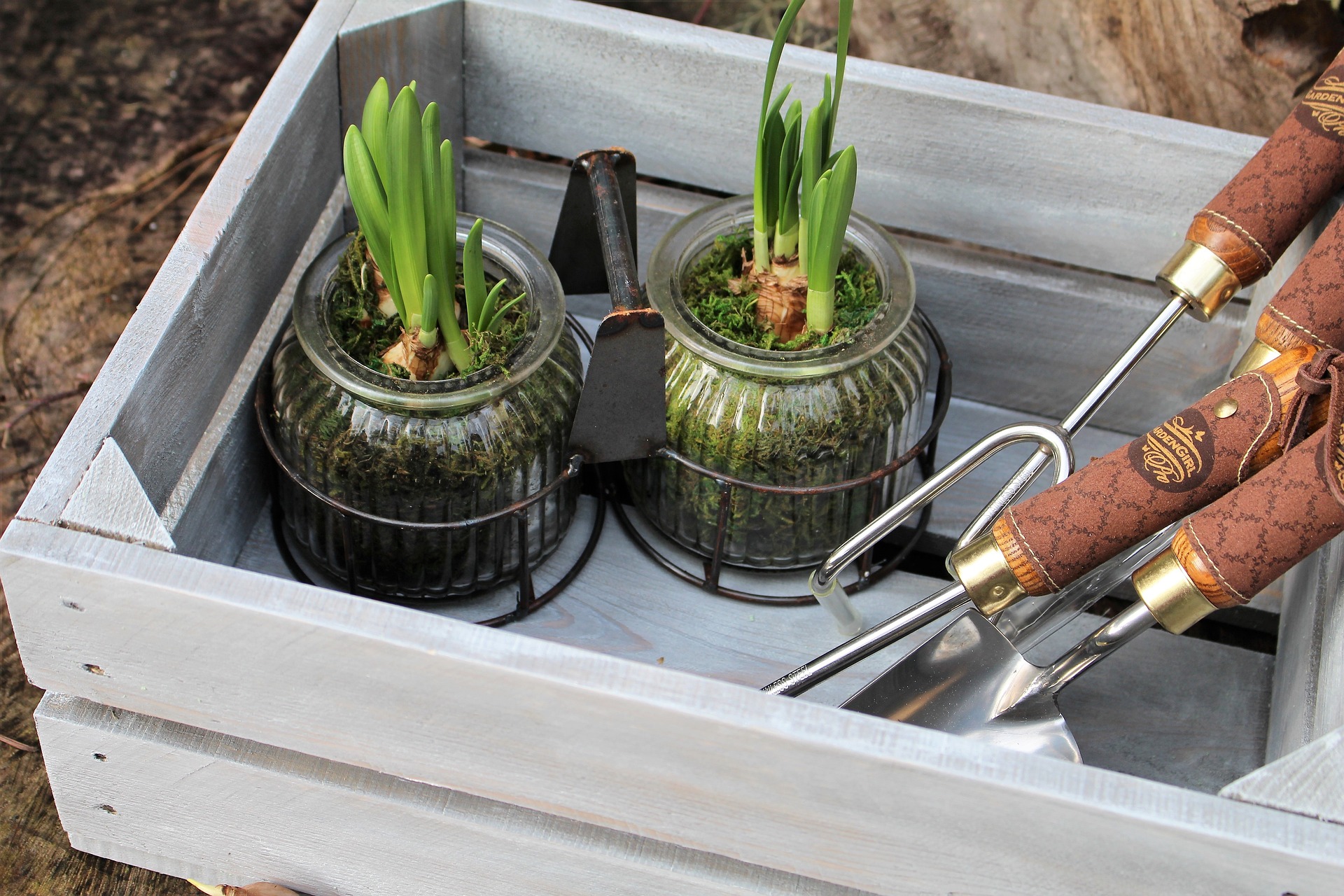Drought-Tolerant Landscaping: Sustainable and Stylish Yards
Learn how to create a beautiful, drought-resistant landscape that conserves water and thrives in arid climates. With climate change leading to more frequent and severe droughts, homeowners are seeking ways to maintain beautiful gardens while conserving water. Drought-tolerant landscaping, also known as xeriscaping, offers a sustainable solution that combines aesthetic appeal with environmental responsibility. Read below to explore how you can transform your yard into a drought-resistant oasis.
The Principles of Xeriscaping
Xeriscaping revolves around seven core principles designed to minimize water usage and create a sustainable garden. These principles include planning and design, soil improvement, efficient irrigation, appropriate plant selection, use of mulches, practical turf areas, and proper maintenance. By adhering to these guidelines, homeowners can create landscapes that are both water-efficient and visually striking.
Choosing the Right Plants
Selecting the right plants is crucial for a successful drought-tolerant garden. Native plants are often the best choice as they are adapted to local climate conditions and require less water. Popular drought-tolerant plants include succulents, cacti, lavender, rosemary, and ornamental grasses. These plants not only survive with minimal water but also add unique textures and colors to your landscape.
Efficient Irrigation Techniques
Efficient irrigation is key to maintaining a drought-tolerant garden. Drip irrigation systems and soaker hoses deliver water directly to the plant roots, reducing evaporation and runoff. Additionally, watering during the early morning or late evening minimizes water loss due to evaporation. Installing rain sensors and smart irrigation controllers can further optimize water usage, ensuring your garden receives the right amount of water without waste.
Mulching and Soil Improvement
Mulching and soil improvement are essential components of xeriscaping. Mulches, such as wood chips, gravel, or bark, help retain soil moisture, reduce weed growth, and regulate soil temperature. Improving soil with organic matter like compost enhances its ability to retain water and provide nutrients to plants. These practices contribute to a healthier and more resilient landscape.
Designing a Functional and Aesthetic Landscape
Drought-tolerant landscaping doesn’t mean sacrificing beauty or functionality. Thoughtful design can create visually appealing and practical outdoor spaces. Consider incorporating hardscaping elements like stone pathways, patios, and garden beds to reduce water usage while adding structure and style. Grouping plants with similar water needs together, known as hydrozoning, ensures efficient watering and healthier plants.
Useful Tips and Facts
- Plant Grouping:
- Group plants with similar water needs to improve irrigation efficiency.
- Use companion planting techniques to enhance plant growth and reduce water usage.
- Water Conservation:
- Harvest rainwater with barrels to use for irrigation.
- Install a greywater system to recycle household water for your garden.
- Maintenance Tips:
- Regularly check and maintain your irrigation system to prevent leaks.
- Prune plants to remove dead or excess growth, promoting healthier and more water-efficient plants.
In conclusion, drought-tolerant landscaping offers a sustainable and stylish way to create a beautiful garden while conserving water. By embracing xeriscaping principles, selecting appropriate plants, and using efficient irrigation techniques, you can design a resilient landscape that thrives even in arid conditions. Whether you’re dealing with water restrictions or simply looking to reduce your environmental footprint, drought-tolerant landscaping provides an effective and attractive solution. As we continue to face the challenges of climate change, adopting sustainable gardening practices like xeriscaping will become increasingly important, allowing us to enjoy lush, vibrant gardens without compromising our precious water resources.





